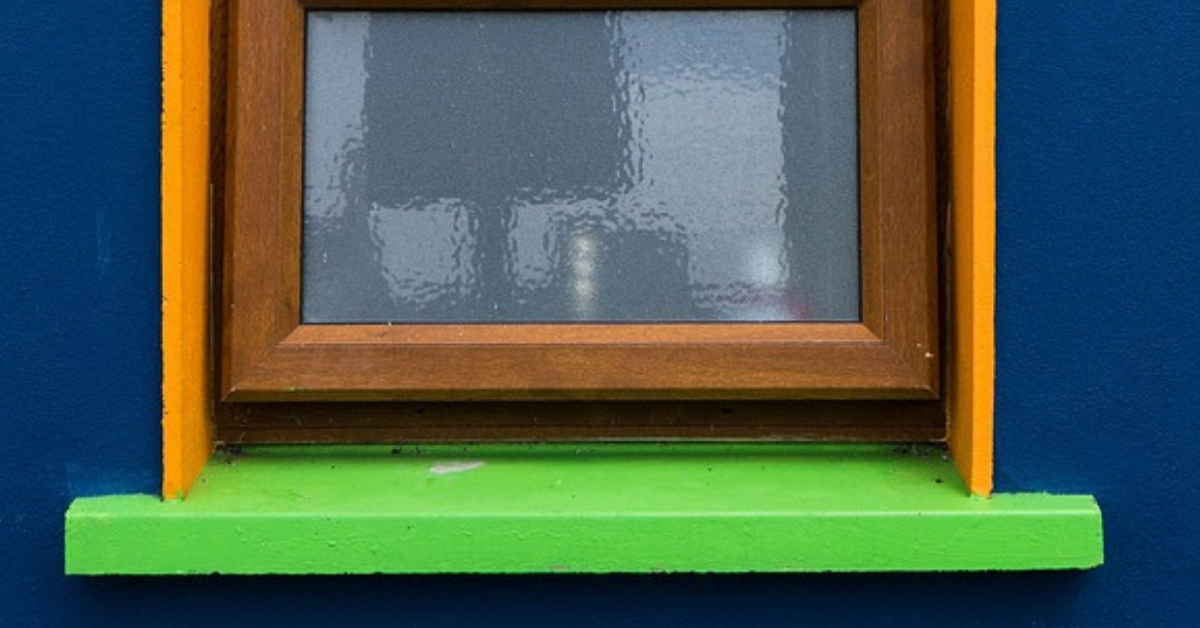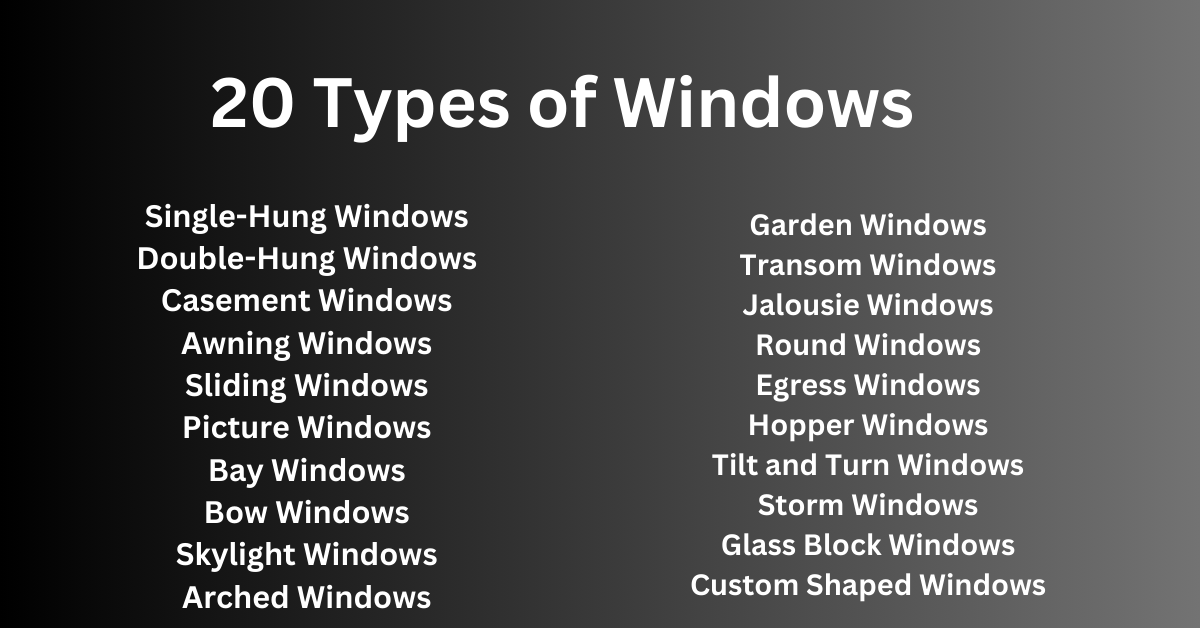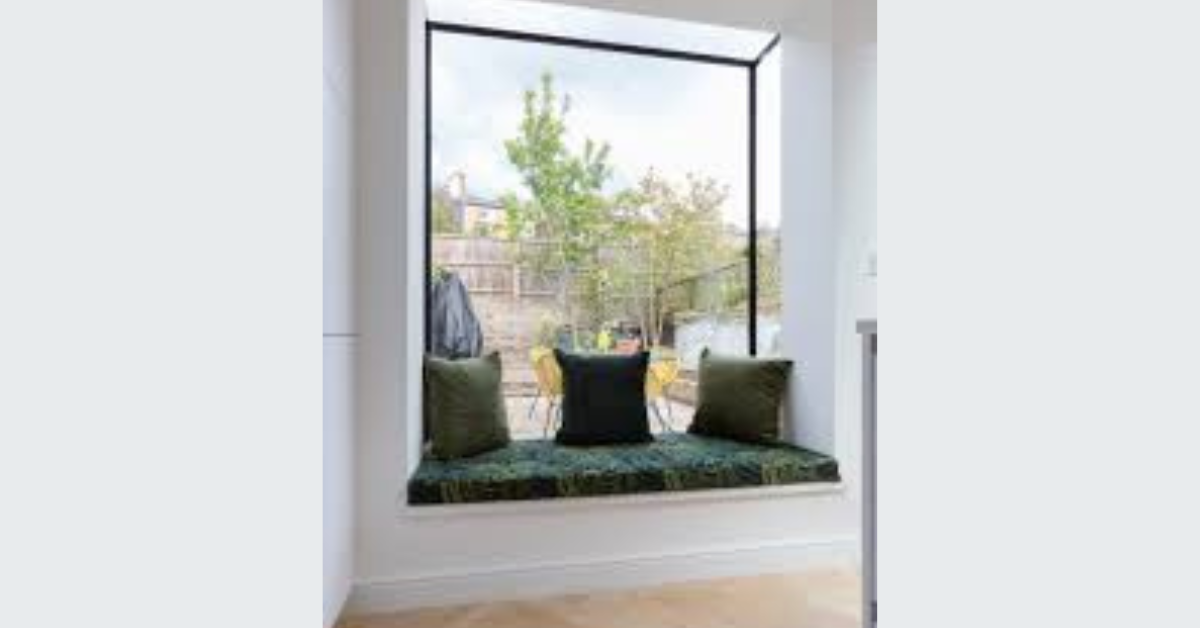Window Sill: Types, Materials, Functions, Aesthetic Enhancements

What are Window Sills?
Window sills are a ubiquitous yet often overlooked element in architecture and home design. These horizontal structures, located at the bottom of a window, serve multiple purposes from structural support to aesthetic enhancement.
Types of Window Sills
Interior Window Sills
Interior window sills are located inside the house and are often used as shelves for decorative items, plants, or personal belongings. They play a crucial role in the overall aesthetic of a room and can be made from various materials, including wood, stone, or composite materials.
Exterior Window Sills
Exterior window sills, positioned outside the window, are designed to protect the window and the building from weather elements. These sills are often sloped to facilitate water runoff, preventing water from seeping into the building structure.
Materials Used for Window Sills
Wood
Wooden window sills offer a classic and warm look, making them a popular choice for interior sills. They can be painted or stained to match the room’s decor. However, wood requires regular maintenance to prevent damage from moisture and insects.
Stone
Stone window sills, such as those made from marble, granite, or limestone, are durable and add a touch of elegance to both interior and exterior settings. Stone sills are resistant to weathering and require minimal maintenance.
Metal
Metal window sills, typically made from aluminum or steel, are highly durable and resistant to corrosion. They are commonly used in commercial buildings and modern homes for a sleek, contemporary look.
Composite Materials
Composite materials, such as PVC or fiberglass, offer the benefits of durability and low maintenance. These sills can mimic the appearance of wood or stone and are resistant to rot, insects, and weather damage.
Functions of Window Sills
Window sills serve several important functions:
- Structural Support: They help distribute the weight of the window and frame, ensuring stability.
- Weather Protection: Exterior sills prevent rainwater from entering the building by directing it away from the wall.
- Insulation: They contribute to the insulation of the window, helping to maintain indoor temperatures.
- Aesthetic Appeal: Window sills can enhance the visual appeal of both the interior and exterior of a building.
- Practical Use: Interior sills provide space for placing decorative items, plants, or small storage.
Maintenance and Care
Proper maintenance extends the life of window sills:
- Cleaning: Regular cleaning with appropriate cleaners prevents dirt buildup and staining.
- Inspection: Periodic inspection for signs of damage, such as cracks, rot, or warping, helps catch issues early.
- Repair: Minor repairs, like filling cracks or reapplying sealant, should be done promptly.
- Protection: Applying protective coatings to wooden and stone sills helps resist moisture and UV damage.
Common Problems and Solutions
Moisture Damage
Wooden window sills are particularly susceptible to moisture damage. To prevent this, ensure proper sealing and use water-resistant finishes. For existing damage, remove the affected area and replace it with new material.
Cracking and Warping
Temperature fluctuations can cause materials like wood and metal to crack or warp. Maintaining a consistent indoor environment and using appropriate sealants can mitigate this issue.
Insect Infestation
Wooden sills can attract insects like termites. Regular treatment with insect repellents and using treated wood can prevent infestations.
Corrosion
Metal sills can corrode over time, especially in humid or coastal environments. Applying rust-resistant coatings and performing regular maintenance can extend their lifespan.
Aesthetic Enhancements
Window sills can be customized to enhance the aesthetic appeal of your home:
- Decorative Trim: Adding trim or molding can give a more finished and elegant look.
- Painting/Staining: Choose colors or stains that complement your interior decor.
- Accessorizing: Use sills as a platform for plants, sculptures, or other decorative items.
- Custom Designs: Consider unique shapes or materials to make a statement.
Conclusion
Window sills are more than just a structural necessity; they are an integral part of your home’s design and functionality. Understanding the different types, materials, and maintenance requirements can help you make informed decisions and keep your window sills in top condition.
FAQs
1. What is the main purpose of a window sill?
The main purpose of a window sill is to provide structural support for the window, prevent water from entering the building, and enhance the overall aesthetic of the window area.
2. Can I replace a window sill myself?
Yes, with the right tools and materials, a DIY enthusiast can replace a window sill. However, professional installation is recommended for complex or exterior sills to ensure proper sealing and alignment.





